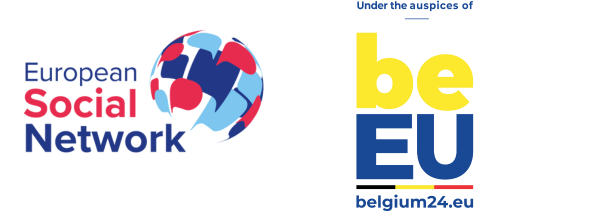By Rebecca Liebschutz, Chief of Staff, Binti & Duke Storen, Former Commissioner, Former Virginia Department of Social Services
When removal from the home is necessary, youth in child welfare have better outcomes when placed within a support network of relatives and fictive kin. Research shows that kinship placements lead to more stable placements, improved mental and emotional well-being, and stronger family relationships[1]. Family Finding is the process of searching for relatives and fictive kin for children in out-of-home/foster care, and it is gaining attention and support through government funding, legislation, and new agency policies and practice models. Across the United States and Europe, the preferred placement option is kinship care; however, the lower than desired rates indicate that more support is needed. The kinship rate in the US is about 35%[2] and the Netherlands has a 48% kinship placement rate. In Sweden, priority is placed on kinship when a child enters alternative care.[3]
Effective Family Finding is a key strategy to improve kinship placement and requires significant investment in both staff time and technology tools. It also requires overcoming additional challenges including agency culture, explicit and implicit bias, and failing to develop trauma-informed practice. One of the biggest obstacles is stakeholder buy-in at all levels of an agency. Alternative decision makers may interpret situations differently and impede the case plan, affecting the child’s permanency. Legislative and cultural buy-in is also crucial for success. Expanding the definition of family and kin to include fictive kin and community members allows for more support and connections. Building a network of supportive figures is essential for a child’s stability and relationships.
Bias against a child’s family of origin and overlooking critical sources of information are additional challenges. Decision makers sometimes prioritize community care over kinship care based on assumptions about repeating patterns of behavior. Engaging incarcerated family members and involving youth as active participants can provide valuable insights and lead to successful placements.
Promising practices for Family Finding include prioritizing relational permanency, addressing personal biases through training, and making trauma-informed decisions. Policies and practices should hold agencies accountable, such as requiring director sign-off for non-kin placements or having a family group conference to consider all available placement options (including kin).
In the digital age, technology can play a vital role in enhancing the effectiveness and efficiency of Family Finding efforts. Visualizing relationship maps and utilizing technology tools specifically designed for Family Finding can streamline the process and increase success rates. These tools enable Family Finding specialists to track connections, identify potential relatives or fictive kin, and facilitate communication and collaboration among stakeholders. By automating documentation, streamlining outreach efforts, and providing analytics to measure the effectiveness of Family Finding activities, technology can save time, improve decision-making, and increase the likelihood of successful kinship placements.
In conclusion, Family Finding is a critical approach in the child welfare system, seeking to identify and engage relatives and fictive kin to support the well-being and permanency of children and youth in care. Despite challenges such as stakeholder buy-in, biases against family of origin, and limited resources, there is growing recognition of the importance of kinship placements and the need to strengthen family connections. By promoting a cultural shift, implementing promising practices, and leveraging technology tools, agencies can enhance their Family Finding efforts and improve outcomes for children, families, and the child welfare system as a whole.
[1] Winokur, Marc A., Amy Holtan, and Keri E. Batchelder. “Systematic Review of Kinship Care Effects on Safety, Permanency, and Well-Being Outcomes.” Research on Social Work Practice 28, no. 1 (2015): 19–32. https://doi.org/10.1177/1049731515620843
[2] “The AFCARS Report #29 – FY 2021,” The AFCARS Report (AFCARS, June 28, 2022), https://www.acf.hhs.gov/sites/default/files/documents/cb/afcars-report-29.pdf.
[3] Directorate-General for Employment, Social Affairs and Inclusion
Peer Review on “Furthering quality and accessibility of Foster Care service”
Online, 20-21 May 2021

